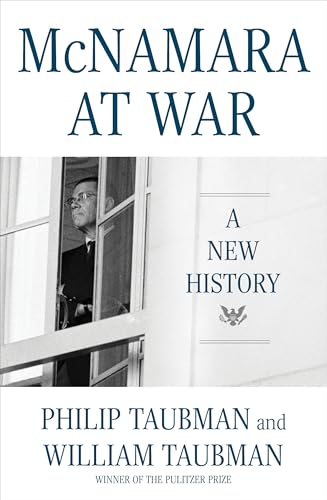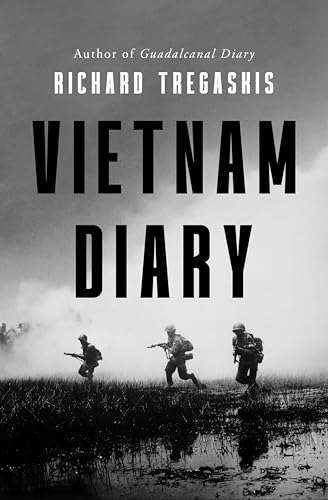
Formula for Failure in Vietnam
by William Hamilton
"The Folly of Limited Warfare"
Popularity
2.18 / 5
* A book's popularity is determined by how it compares to all other books on this website.
Where to buy?
Buy from Amazon* If you buy this book through the link above, we may receive a small commission at no extra cost to you.
Formula for Failure in Vietnam by William Hamilton
Details
War:
Vietnam War
Biography:
No
Region:
Asia
Page Count:
174
Published Date:
2019
ISBN13:
9781476679945
Description
Brief Summary
Formula for Failure in Vietnam by William Hamilton provides an in-depth analysis of the Vietnam War through the eyes of a former U.S. Army infantry officer. Hamilton offers readers a first-hand account of his experiences in Vietnam, not only as a company commander but also as an operations officer at the battalion and division levels. The book delves into the operational challenges faced during the conflict and reveals insights from original interviews with key commanders who were ordered to carry out the land war in Southeast Asia.
Main Themes and Topics
A prominent theme in Formula for Failure in Vietnam is the evaluation of the flawed strategies employed by the Johnson Administration. Hamilton critically examines the strategy of attrition that defined much of the U.S. military's approach during the war. The book highlights crucial errors, such as the failure to seal off the theater of battle from Chinese and Soviet resupply lines. Additionally, Hamilton discusses the strategic errors of permitting North Vietnamese forces to maintain sanctuaries across borders in Laos, Cambodia, and North Vietnam, which severely undermined U.S. military efforts. By grounding these themes in personal experiences and interviews, Hamilton offers a unique perspective on why the Vietnam War unfolded as it did.
Writing Style and Tone
Hamilton's writing style in Formula for Failure in Vietnam is precise and direct, reflecting his background as a military officer. The tone of the book is analytical as the author dissects the complex layers of military strategy and decision-making processes during the Vietnam War. Despite the dense subject matter, Hamilton manages to keep the narrative engaging through vivid descriptions and personal anecdotes. His ability to intertwine factual analysis with experiential storytelling makes the book both informative and captivating for readers interested in military history.
Criticism
One aspect of Hamilton's Formula for Failure in Vietnam that may draw critique is its concentrated focus on military strategy from an American perspective. While this focus serves the book’s purpose of analyzing U.S. military failures, it might not fully address the broader socio-political dimensions of the Vietnam War. Readers seeking a comprehensive examination that includes Vietnamese perspectives or the war’s global context might find the book somewhat limited in scope. Additionally, the dense military jargon may pose a challenge to readers unfamiliar with military terminologies.









